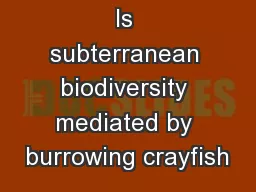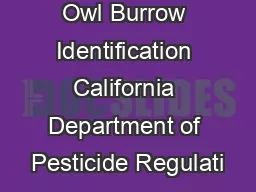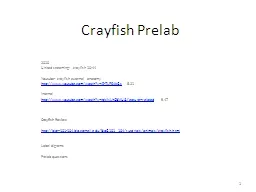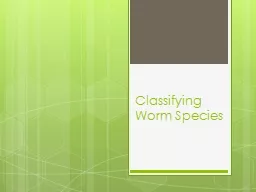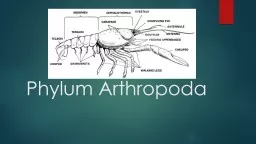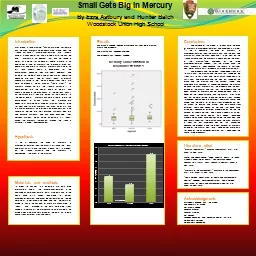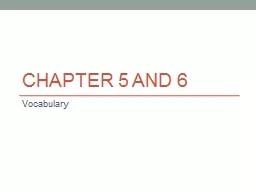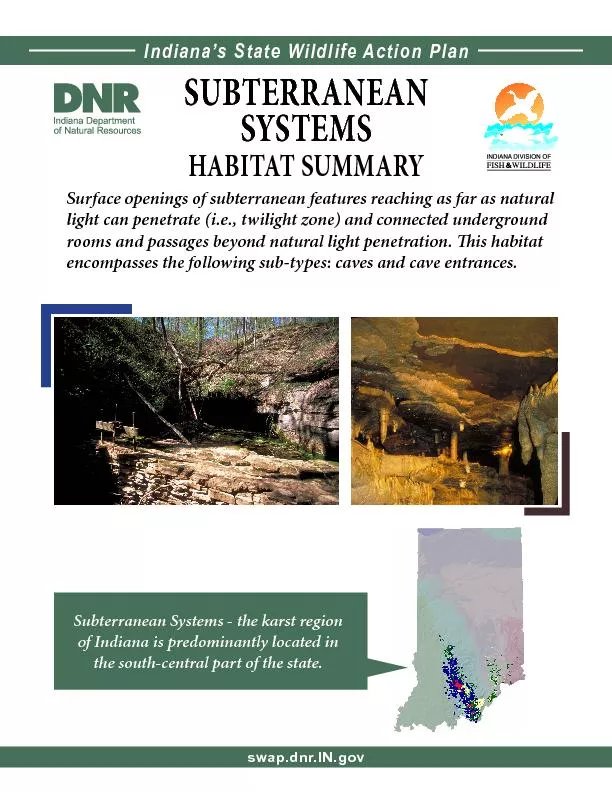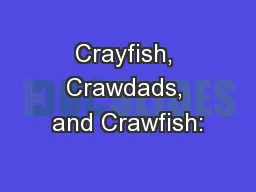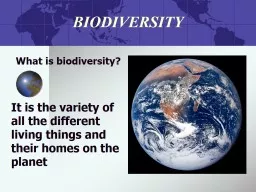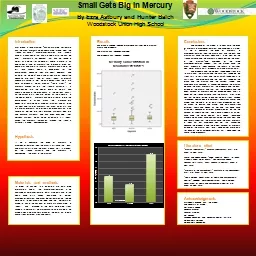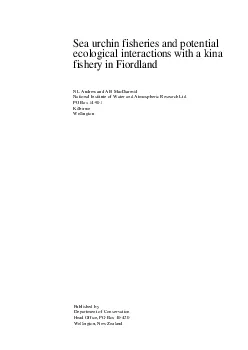PPT-Is subterranean biodiversity mediated by burrowing crayfish
Author : lindy-dunigan | Published Date : 2017-03-26
Brian Helms 1 and Jim Stoeckel 2 1 Department of Biological Sciences 2 School of Fisheries Aquaculture and Aquatic Science Auburn University AL 36849 Role of crayfishes
Presentation Embed Code
Download Presentation
Download Presentation The PPT/PDF document "Is subterranean biodiversity mediated by..." is the property of its rightful owner. Permission is granted to download and print the materials on this website for personal, non-commercial use only, and to display it on your personal computer provided you do not modify the materials and that you retain all copyright notices contained in the materials. By downloading content from our website, you accept the terms of this agreement.
Is subterranean biodiversity mediated by burrowing crayfish: Transcript
Download Rules Of Document
"Is subterranean biodiversity mediated by burrowing crayfish"The content belongs to its owner. You may download and print it for personal use, without modification, and keep all copyright notices. By downloading, you agree to these terms.
Related Documents

